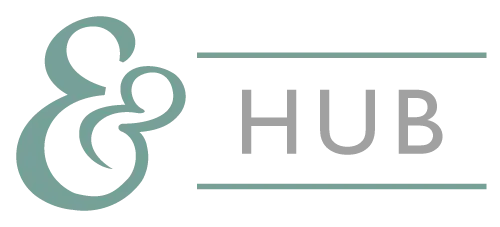by Abbey Donnell
Founder and CEO of Work & Mother
It may surprise you to hear that I used formula with both my kids.
With my first, my son, I can count on one hand the number of times I supplemented during our 14-month breastfeeding journey. I vividly remember the first time I used a bottle of formula. He was around four or five weeks old, we had just moved (I would not recommend moving with a three-week-old!), he was cluster feeding like crazy, and I felt like I had nothing left to give. I was touched out, beyond exhausted, and it felt like there wasn’t an ounce of milk left in me. I gave him a small bottle of formula and bought myself an hour to recover. To this day, I believe that bottle saved my breastfeeding journey. It satisfied him, it kept me from having a full mental breakdown, and it gave me the breather I needed to get into a good mental space for the next feed.
Given that cluster feeding is what tells your body to produce enough milk (something we cover in our Breastfeeding Guide), could it have hurt my supply? Maybe. If I had done two formula bottles in a row without also pumping, probably. But remember to keep perspective during your journey. There are a million different paths you can take and there’s no one size fits all. Your mental and emotional health is important too.
With my second, my daughter, I started supplementing with formula when she was around four months old. I continued supplementing until a few months after her 1st birthday. Formula supplementation helped my baby get the calories she needed. My supply would often dip because she did not feed as vigorously or as often as my breasts/milk supply required. Having a supplementing plan helped me stretch out my breastfeeding journey much longer than I may have otherwise been able to. Every drop of breastmilk includes antibodies and nutrients tailored in real time to my baby. So, it was important to me to maintain some amount of breast milk in her diet, as long as possible. Formula enabled me to do that.
Formula feeding is a strategy. Maybe you weren’t able to or didn’t choose to breastfeed, maybe you are trying to wean, maybe you need the buffer of extra ounces, but in any event, regardless of why, if and when you find yourself in the formula aisle, here are some tips for formula feeding:
- Ditch the guilt. There’s no point in carrying that weight, let it go and don’t look back.
- Give a new formula for 2 weeks before deciding whether or not it’s a good fit for your baby– especially if your baby has only had breastmilk. Any changes to their diet can come with gut disturbances until they get used to it. You may think they are gassy because it’s not the right formula when actually any new change can cause a variety of symptoms. Allow time for your baby to acclimate before deciding you need to try a different formula.
- Expect a change in the color, consistency, and frequency of your baby’s bowel movements. Breast milk babies have thinner, yellow stools and may have a BM with every feed, whereas a formula fed baby may have brown, thicker stool and may only have 1-2 per day or even 1 every other day. This is normal.
- Depending on why you are integrating formula into your feeding plan you may consider every other feeding with EBM or one day EBM and one day formula to help with your baby’s transition. Some mom’s continue to give EBM once a day to help minimize risk of constipation.
- Already mixed liquid cans of formula have been shown to have a lesser risk of contamination than powder.
- When mixing formula for a bottle, follow the directions closely. It is very important to use the exact amount of water as directed. Do not mix formula with another substance. This runs the risk of electrolyte imbalance
- We talk about the breastfeeding pitcher method in our guide but there is actually a pitcher method for formula too. Measure and mix up the day’s supply, keep in the fridge, pour and warm up bottles as needed for up to 24 hours.
- Talk to your doctor, do your research, clip those coupons. Do you know if there’s a backup option to the formula you’re using? This is particularly important if your baby needs to be on a specific formula. I was in the final stages of formula feeding my daughter when the formula shortage hit. Thankfully, she was 11 months old, already eating solids, and didn’t seem to have an issue when I was forced to buy a different brand. But my heart went out to so many moms who were truly in a terrifying bind.
When I set out to start Work & Mother, I wanted to create the spaces and resources to help moms succeed in both their roles. Formula might be part of that equation. Does breast milk provide health benefits that formula cannot? Undeniably. Is formula an amazing resource that provides balanced nutrition to babies? Sure is. Could formula be the right choice for you? Maybe. There is no shame in the formula game.
‘Breastfeed Like A Boss: The Modern Mom’s Guide’ is Work & Mother’s self-paced, easy-to-consume, guide specifically designed for the modern working mom. Pre-order yours today here!



